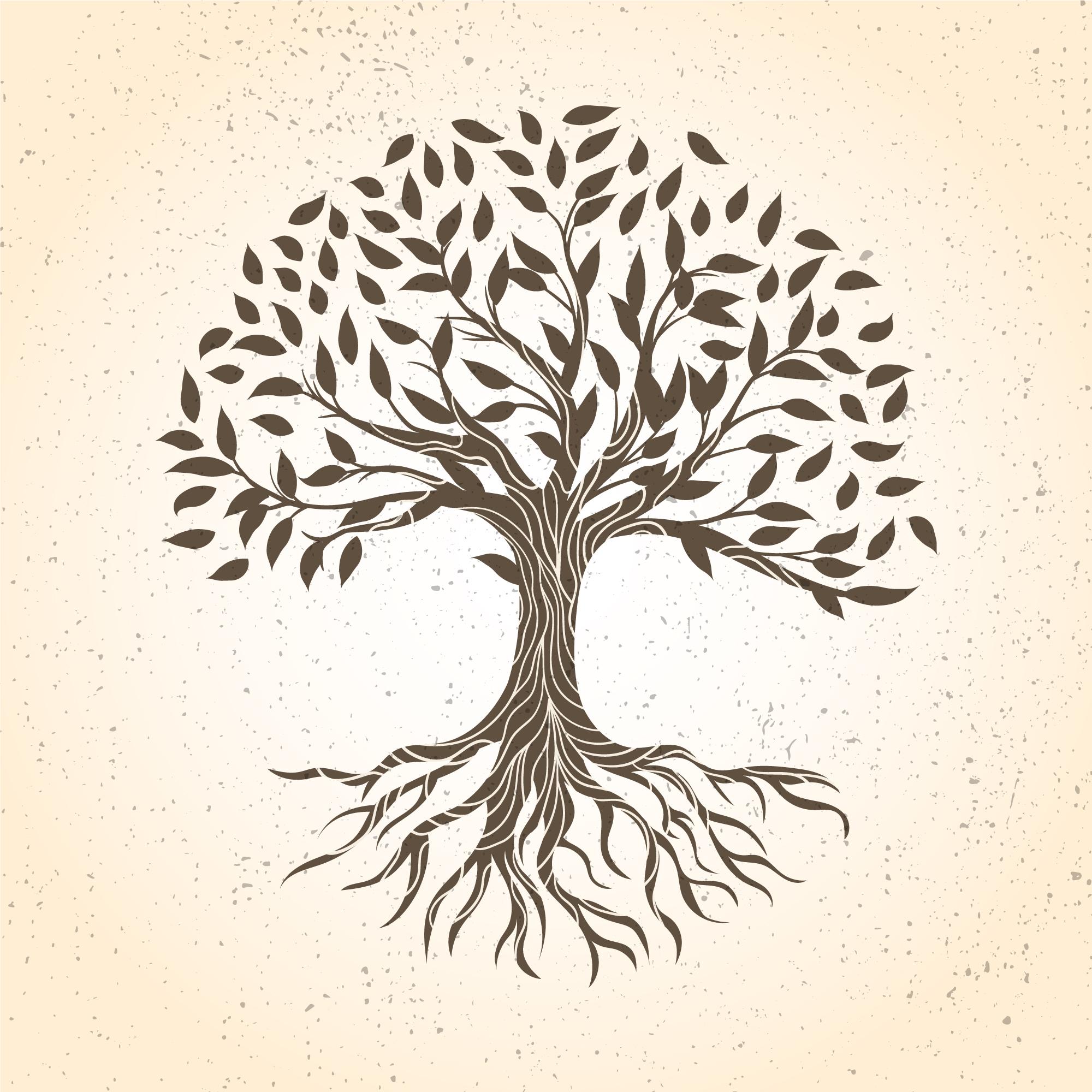The 8 Limbs of Yoga, as outlined in the Yoga Sutras of Patanjali, offer a comprehensive pathway to holistic well-being, extending far beyond the physical postures often associated with yoga. These eight aspects provide a moral, ethical, and practical framework for living a meaningful and purposeful life. Understanding and incorporating these limbs into our daily routines can lead to profound transformations in our health, happiness, and spiritual awareness.
1. Yamas (Restraints): The Yamas are ethical principles about social behavior and how we interact with others. They include non-violence (Ahimsa), truthfulness (Satya), non-stealing (Asteya), moderation (Brahmacharya), and non-hoarding (Aparigraha). Incorporating the Yamas involves practicing compassion, honesty, integrity, responsible consumption, and generosity in our daily interactions and choices.
2. Niyamas (Observances): The Niyamas relate to personal behaviors and disciplines that cultivate a positive environment for growth. They include purity (Saucha), contentment (Santosha), discipline (Tapas), self-study (Svadhyaya), and surrender to a higher power (Ishvara Pranidhana). Practicing Niyamas could involve maintaining cleanliness and organization, cultivating gratitude, dedicating effort towards personal growth, engaging in self-reflection, and recognizing a connection to something greater than oneself.
3. Asana (Posture): The physical practice of yoga postures aims to improve strength, flexibility, and balance. More than just physical exercise, Asanas prepare the body for meditation by cultivating discipline, concentration, and the ability to sit still for extended periods. Regular practice of Asanas can be incorporated into daily life to enhance physical health and mental focus.
4. Pranayama (Breath Control): This limb involves controlling the breath to influence the flow of prana, or vital life energy, in the body. Practices range from energizing breathing techniques to calming breaths, which can be used throughout the day to manage stress, improve concentration, and maintain emotional balance.
5. Pratyahara (Sensory Withdrawal): Pratyahara means withdrawing the senses from external objects or distractions to direct our attention inward. This practice helps in managing sensory overload and cultivates an inner tranquility, allowing for deeper self-awareness and mindfulness in everyday life.
6. Dharana (Concentration): Dharana is the practice of focusing one’s attention on a single point of reference, such as the breath, a mantra, or a candle flame. This concentration prepares the mind for meditation and mindfulness, improving our ability to focus in our daily tasks and activities.
7. Dhyana (Meditation): Dhyana involves sustained concentration, where the observer (the person meditating) becomes increasingly aware of the object of meditation, to the exclusion of all other thoughts. Regular meditation fosters a state of peacefulness and clarity, enhancing overall well-being and perspective on life’s challenges.
8. Samadhi (Absorption): The final limb, Samadhi, is the state of ultimate bliss and enlightenment that comes from the mastery of the other seven limbs. It represents a state of unity with the object of meditation and is considered the ultimate goal of the yogic path.
Incorporating the 8 Limbs of Yoga into our lives means more than just practicing Asanas or meditation. It involves adopting a holistic approach to living, where ethical principles, personal disciplines, physical health, and spiritual growth are intertwined and balanced. Through regular practice and mindful living, the 8 Limbs can guide us towards a more harmonious, purposeful, and fulfilling life.

